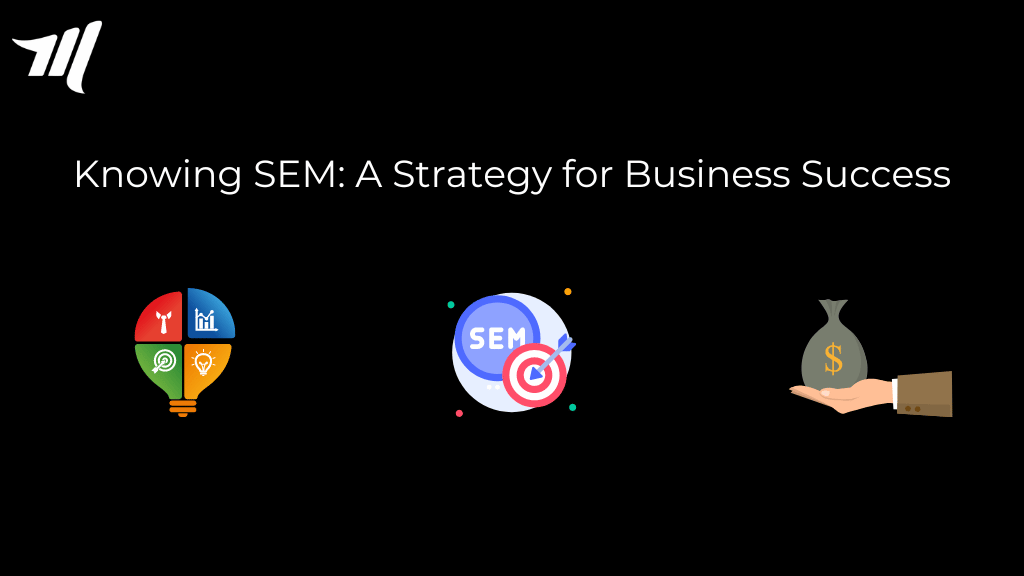As the world of digital marketing evolves, businesses are always searching for effective methods to enhance their online presence and attract targeted visitors. Search engine marketing (SEM) has emerged as a powerful tool to achieve this goal.
Understanding Search Engine Marketing (SEM)
SEM is a digital marketing approach that promotes a website by improving its visibility in search engine results pages (SERPs) via paid advertising. It covers a wide range of operations, including search engine optimization (SEO) and pay-per-click (PPC) advertising. SEM is a dynamic and diverse technique that seeks to link businesses with their target audience while they are actively searching for related items or services.
Components of SEM:
1. SEO (Search Engine Optimisation)
SEO is the organic component of SEM, which focuses on optimizing a website’s exposure in unpaid search engine results. This includes on-page and off-page optimization, keyword research, content production, and technical improvements. By aligning a website with search engine algorithms, businesses can improve their organic search rankings and generate quality traffic.
2. Pay-per-click (PPC) advertising
PPC is the paid component of SEM in which advertisers pay a charge when their ad is clicked. This strategy enables businesses to bid on ad placement in a search engine’s sponsored links when visitors input relevant searches. Google Ads and Bing Ads are popular platforms for PPC advertising. PPC ads are most effective when they target precise keywords, demographics, and geographic locations to reach a highly relevant audience.
The advantages of SEM in Business:
1. Improved visibility and brand awareness
SEM allows firms to gain a quick presence in search engine rankings. Companies that appear at the top of the page for relevant queries can increase brand awareness and reach a larger audience. The combination of SEO and PPC provides a holistic approach to exploiting organic and sponsored search opportunities.
2. Targeted advertising and audience segmentation
SEM enables firms to target their advertising efforts with accuracy. Using keyword targeting and demographic filters, advertisers may personalize their campaigns to attract certain demographics. This level of segmentation guarantees that advertising is displayed to people who are more likely to convert, hence increasing return on investment (ROI).
3. Measurable Results and Analytics
Measurability is one of SEM’s primary features. Analytics solutions provide precise insights into campaign performance, allowing organizations to monitor impressions, clicks, conversions, and other key indicators. This data-driven approach allows for continual optimization, ensuring that marketing expenditures are directed to the most effective strategies.
4. Quick and flexible campaign implementation
Unlike traditional marketing strategies, SEM allows for speedy and flexible campaign development. Advertisers can swiftly build and launch campaigns, making it an excellent choice for time-sensitive promotions, product launches, or events. In addition, adjustments can be performed in real-time based on performance data.
Impact on Search Engine Rankings
1. SEO and Organic Search Rankings
While PPC offers instant awareness, SEO demonstrates the long-term benefits of SEM. A well-executed SEM campaign improves a website’s organic search ranks. Quality content, relevant keywords, and a great user experience are all vital components of a successful SEM campaign, just as they are in SEO.
2. Quality Score and Ad Rankings in PPC
In PPC advertising, search engines use a Quality Score algorithm to measure ad relevancy and quality. This score affects both the ad’s position in search results and its cost-per-click (CPC). By optimizing ad content, relevancy, and landing pages, businesses can enhance their Quality Score and get higher ad ranks without necessarily increasing their bids.





